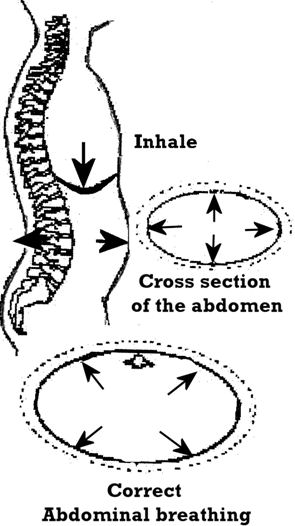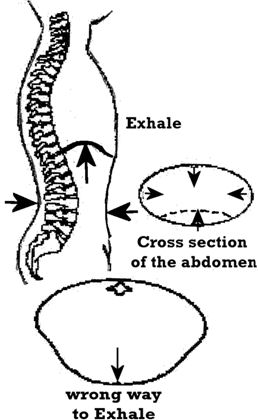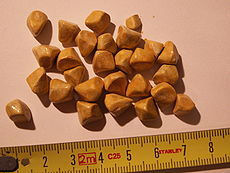Learn How To Breathe -Properly
Most of us take breathing for granted – Big mistake!
In Daoism, we are taught that there are so many breaths to a person’s lifetime. So use them wisely.
Physiologically when we breathe fast our blood acidifies, and we are ‘wired’, when we breathe slowly our blood is slightly alkaline. Relaxation and slight alkalinity go together.
When we breathe fast, we are more likely to be overwhelmed with and at the mercy of emotions.
We were all born breathing perfectly then families, school, and other children, taught us to suppress to self-censor split our psyche, to subdue and suppress our emotions, and we learnt to do this with our breath.
A healthy person breathes in the same way that you would see a glass tumbler fill up with water, from the bottom up. Look at babies, dogs, and cats, on the in breath their abdominal area expands then the rib cage expands.
Observe your own breathing, on the in breath (inspiration) your upper chest will expand and nothing will move in the abdominal area or lower ribs.
Our abdominal area is designed to expand and contract with breath to massage and keep healthy our internal organs. What stops us from breathing properly and being healthier in ourselves are twofold suppressed emotions which are out of awareness and the other is a habit. We have become habituated to breathing wrongly from young, and we have not been taught any better.
There is a lot more information in my book, but for now, here is an exercise to help you change your breathing pattern and begin the process of personal mastery of your life.
Pick up a heavy book and lay down somewhere where you will be uninterrupted for 5 minutes.

1. Place a heavy book on top of your lower abdomen. Now breathe out fully……….
2. The chances are that you did not follow my guidance and instead breathed into your upper lungs before breathing out….. If so, try again. J..
3. As you breathe out, the book must descend downwards towards your spine. You can aid the process by contracting your tummy muscles towards the spine too…. Hold your breath for as long as comfortably possible. Beware of taking little sips of air. That’s ah no-no.
4. Your body will breathe in automatically when you can’t hold your out-breath any more, let go, and allow your lower abdomen to expand. Your focus is on relaxing your abdomen and allowing the book to rise with the in-breath.
5. Rinse and repeat
Some of you will find this easier than others. As I said before, we store emotional trauma in our lower abdomen. The little girl/boy from our childhood, metaphorically speaking, lives/is seated, and can control our emotional reactions in the present from our guts. If our inner child’s traumas are strong, we will hold a lot of tension in our ‘guts’.
When we hold a lot of tension in any part of our bodies, we tend to mentally disengage and lose awareness of that part of our anatomy, until we consciously focus and re-own it. This frankly will never happen without external shock/interference… Because as you have heard the saying … (in reverse) “out of body out of mind”.

1. lie down, at least in the earlier stages whilst you are acquiring some more control over your abdominal muscles.
2. Breathe out slowly and fully by squeezing your abdominal muscles towards your spine. Hold them for as long as you can, then relax the abdominal muscles, and your body will breathe in by itself.
3. Repeat for as many minutes as you feel comfortable doing so.
4. Once you are comfortable with the exercise as is. Think of your abdominal area as a circular tire. As you breathe out, squeeze the abdominal muscles from every direction, front, sides, and back, towards the spine as you slowly breathe out.
5. Once you are comfortable breathing out by squeezing from every direction towards the spine. Then, once the abdomen is fully depressed towards the spine, and whilst still holding the out-breath, change direction by pulling the front abdominal muscles upwards towards the chest, hollowing the stomach muscles inside the rib cage, in an upwards direction. You may find this easier by pushing away from the thighs with your palms.
Some of you, once you start to fully depress your abdominal muscles towards the spine, may experience small spasms in your back muscles, this is normal, as you are altering and stretching your musculature in your back. My suggestion is that if / when you encounter these little spasms; hold the abdominal contraction for as long as possible, they won’t be there for long if you continue to exercise your abdominal muscular contractions.
Next: Essential vitamins



